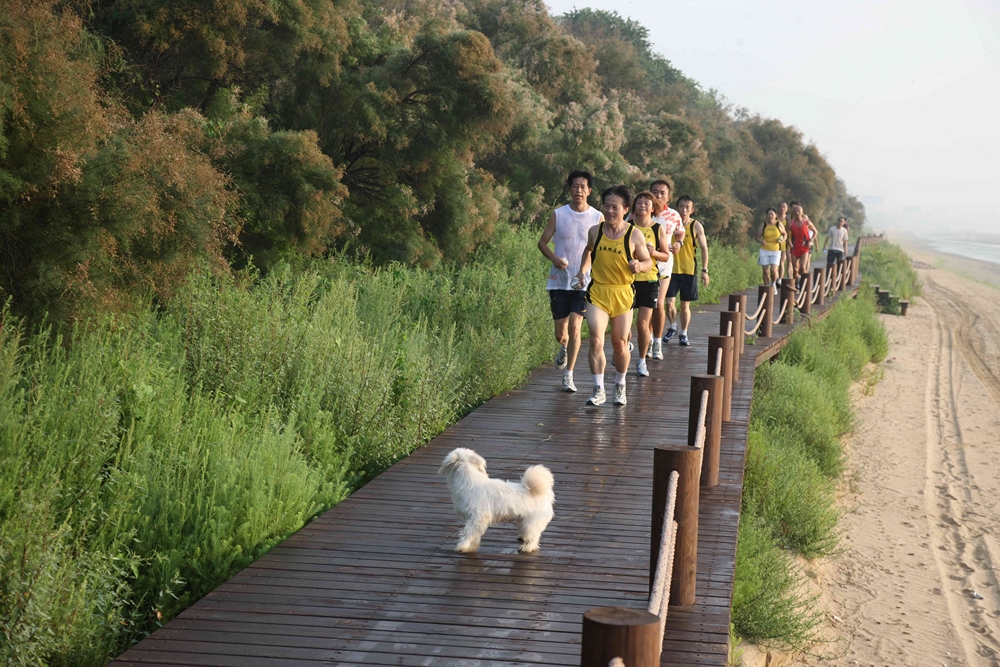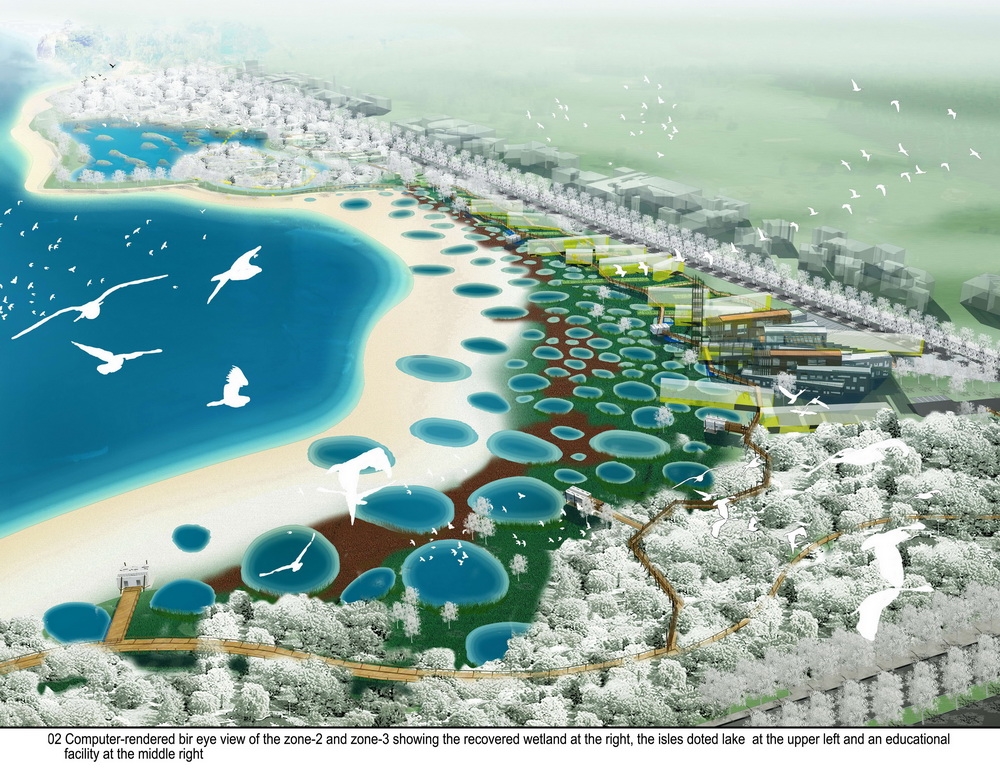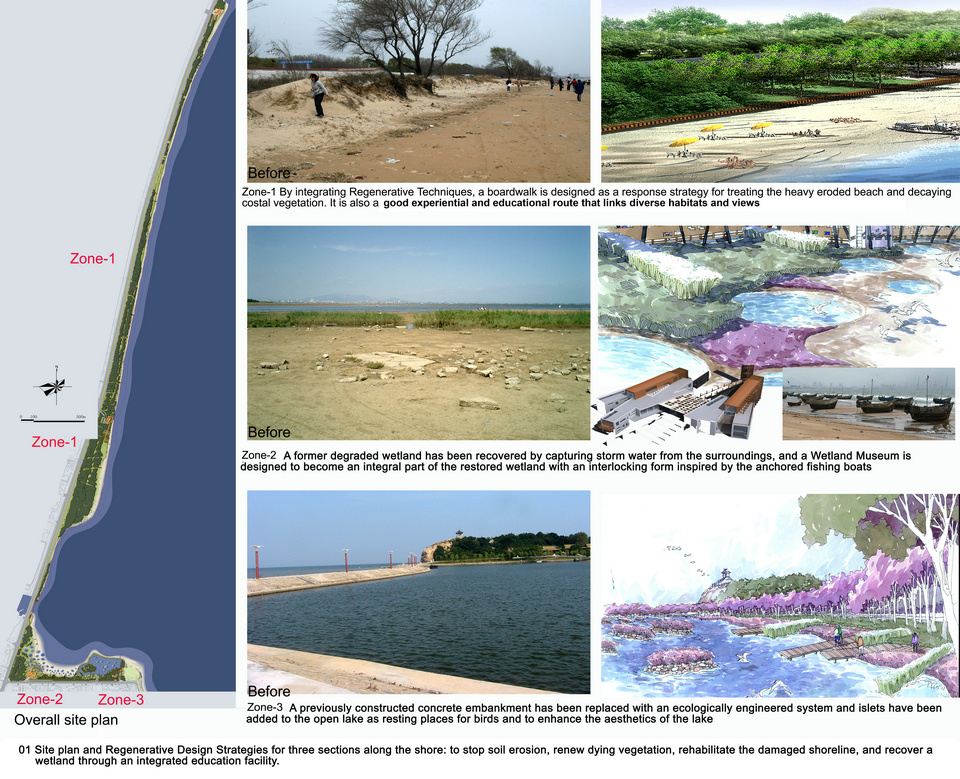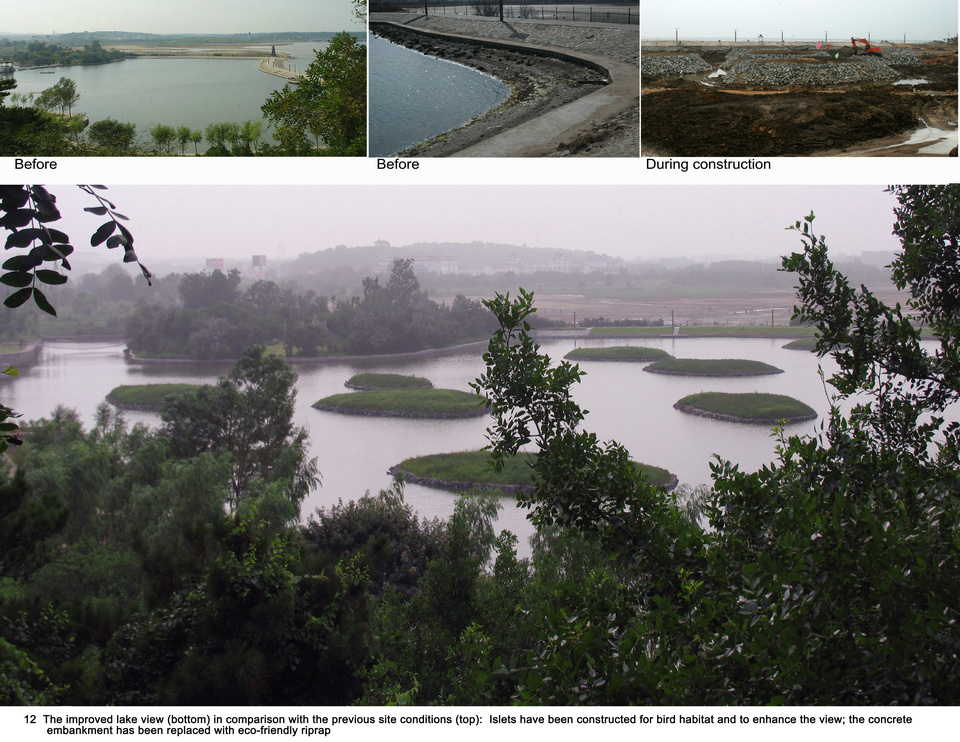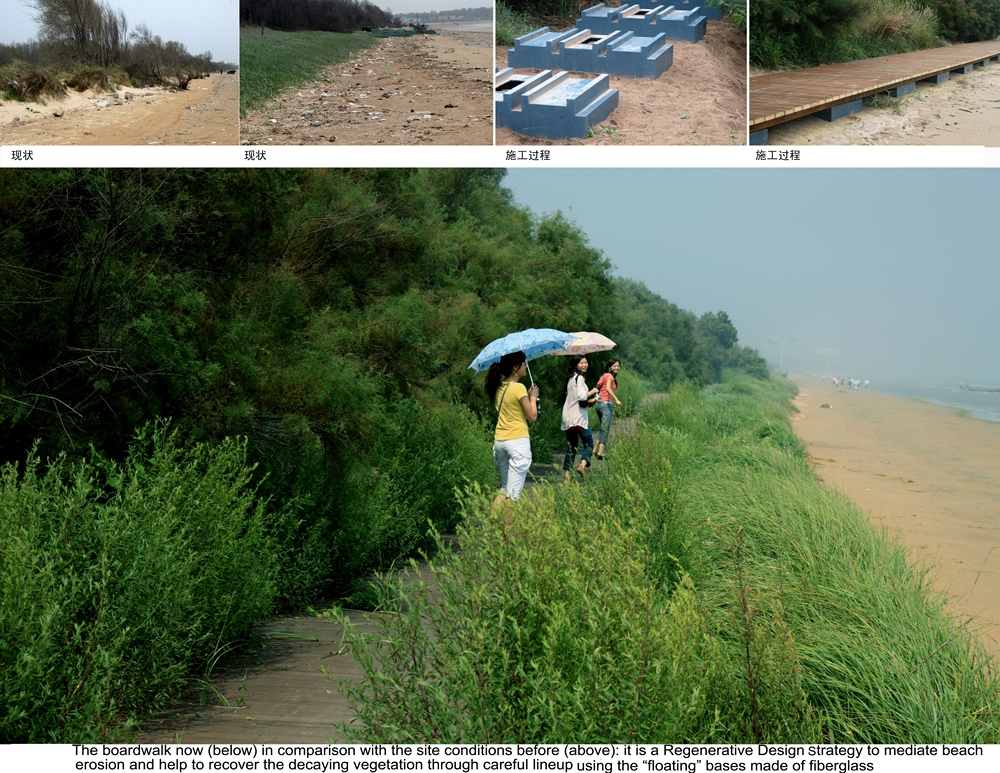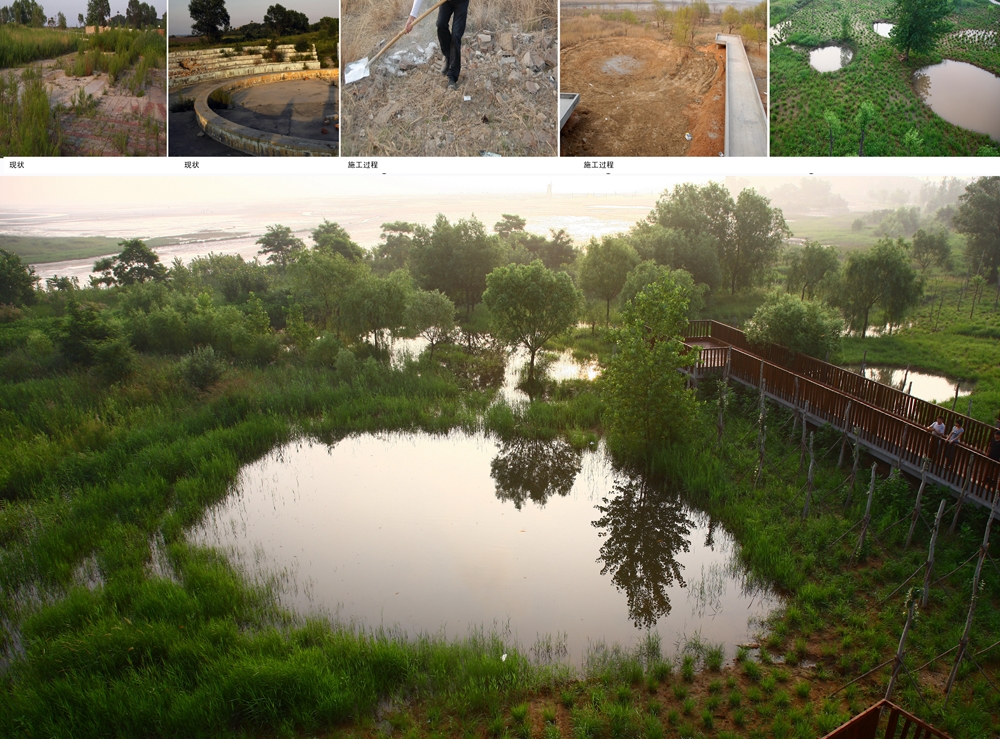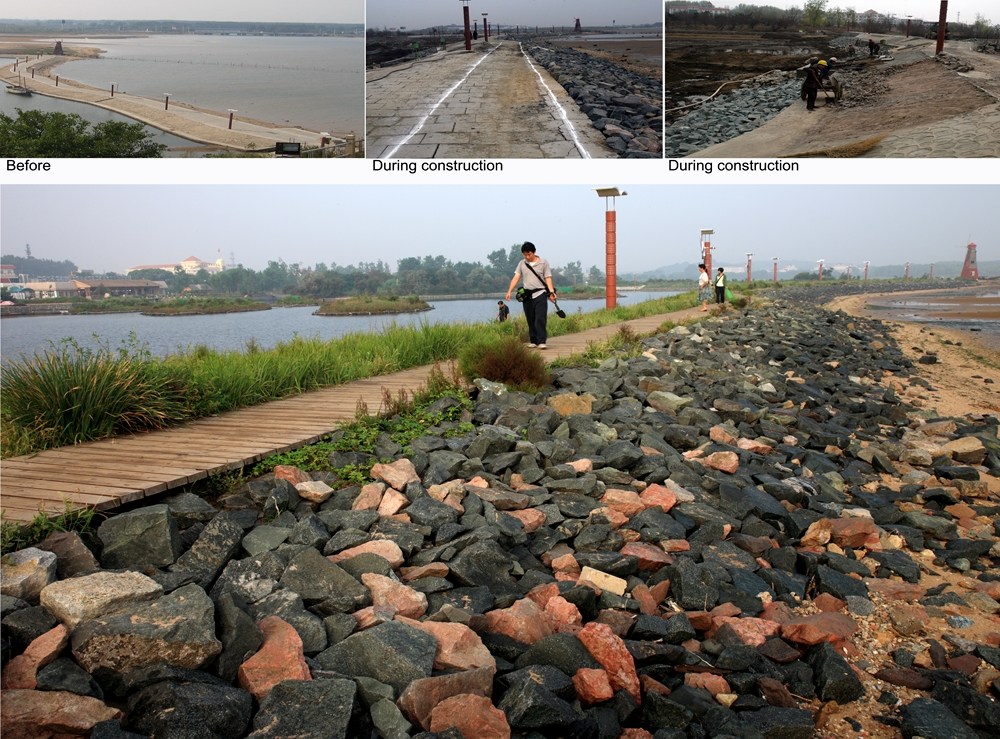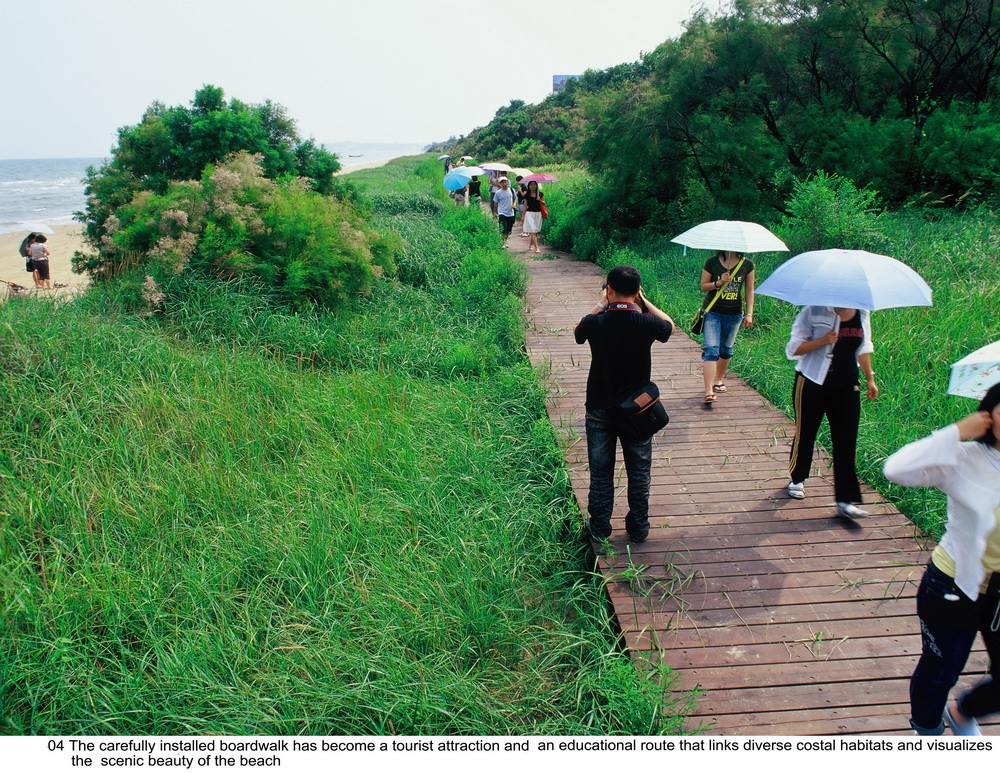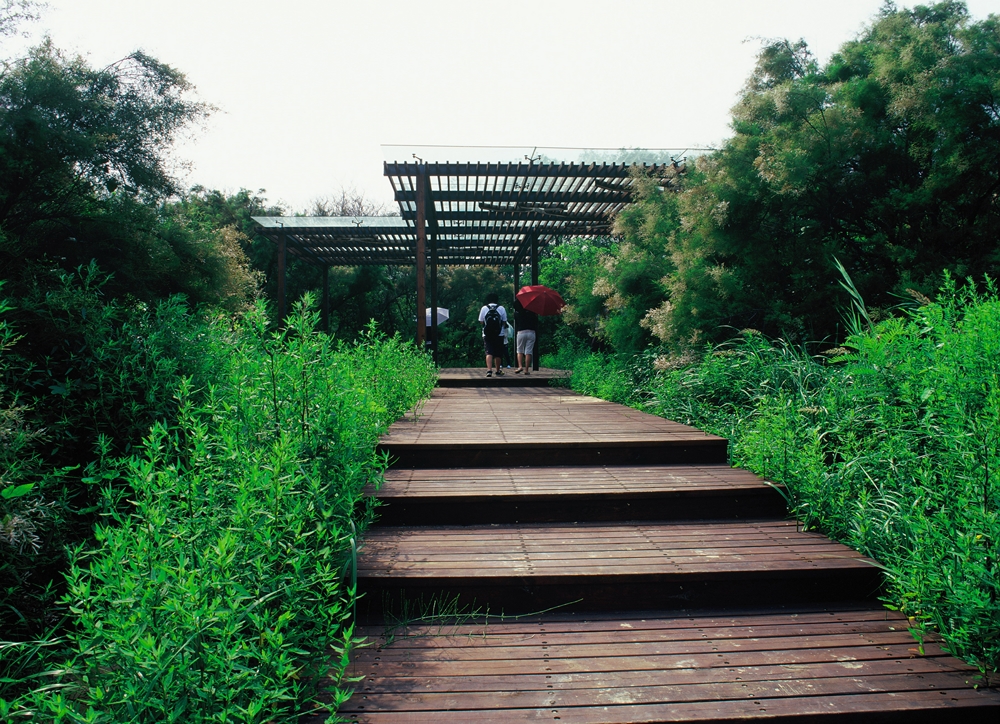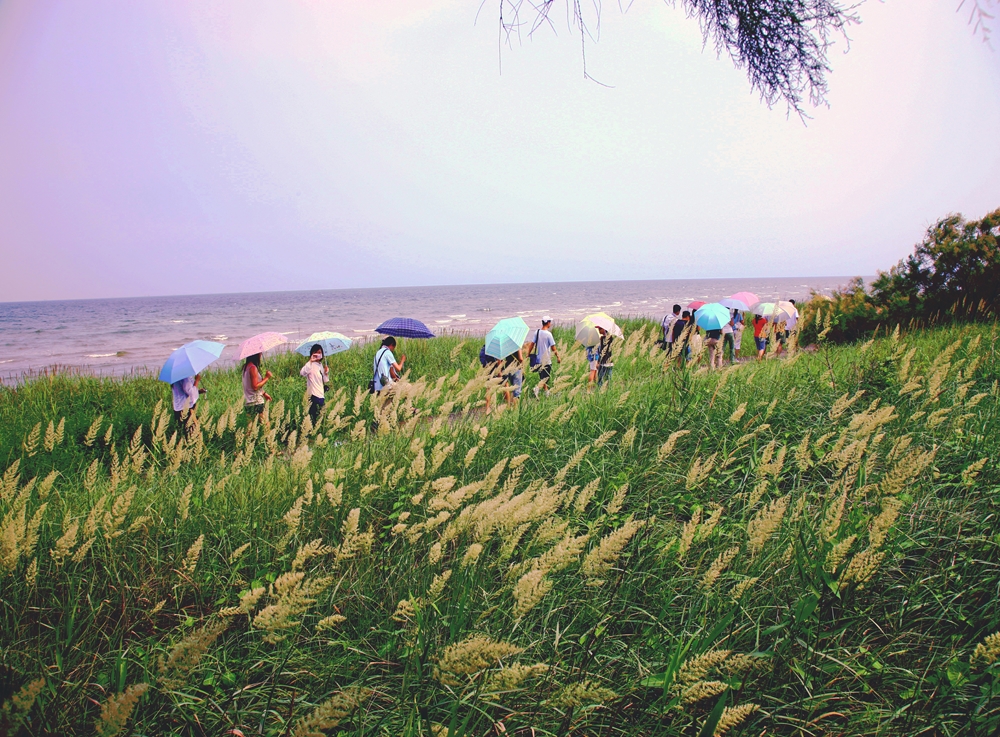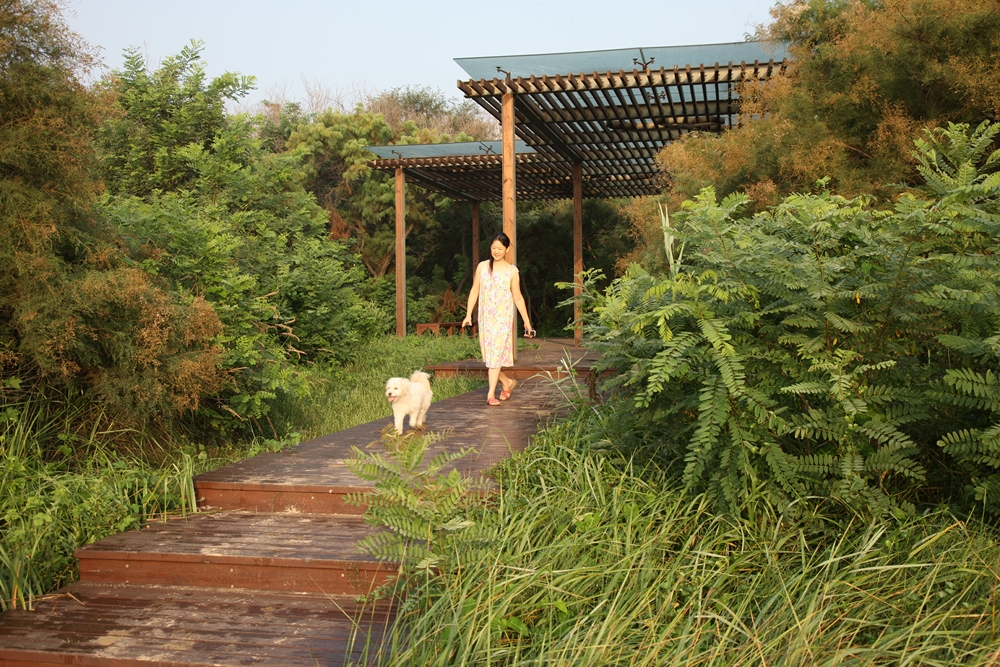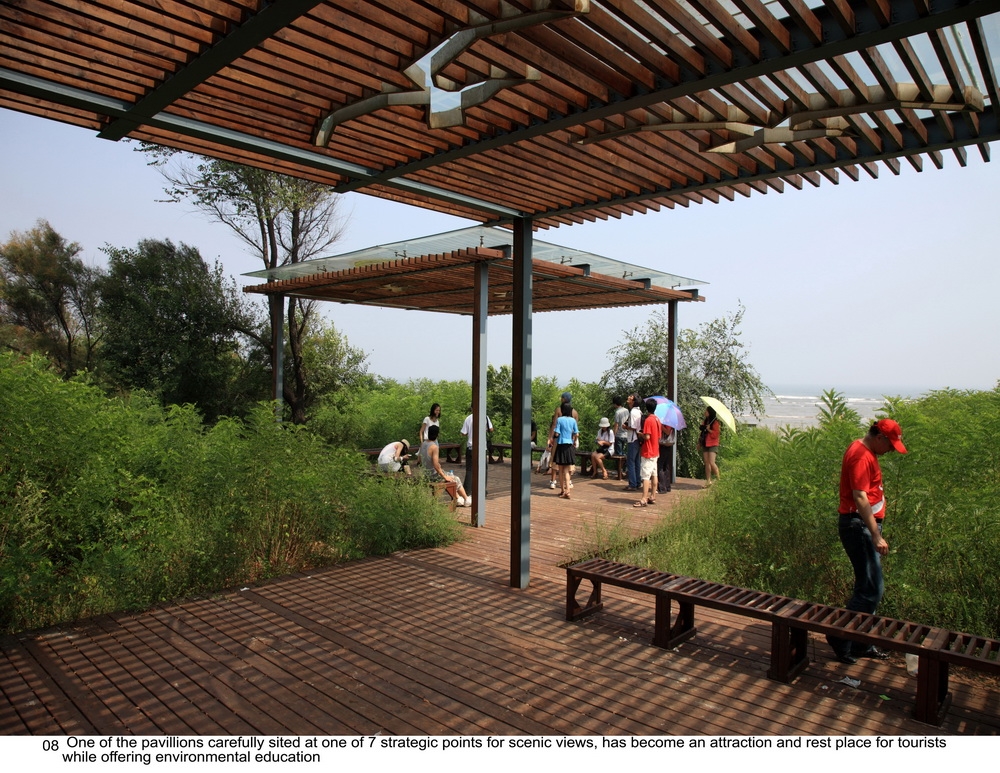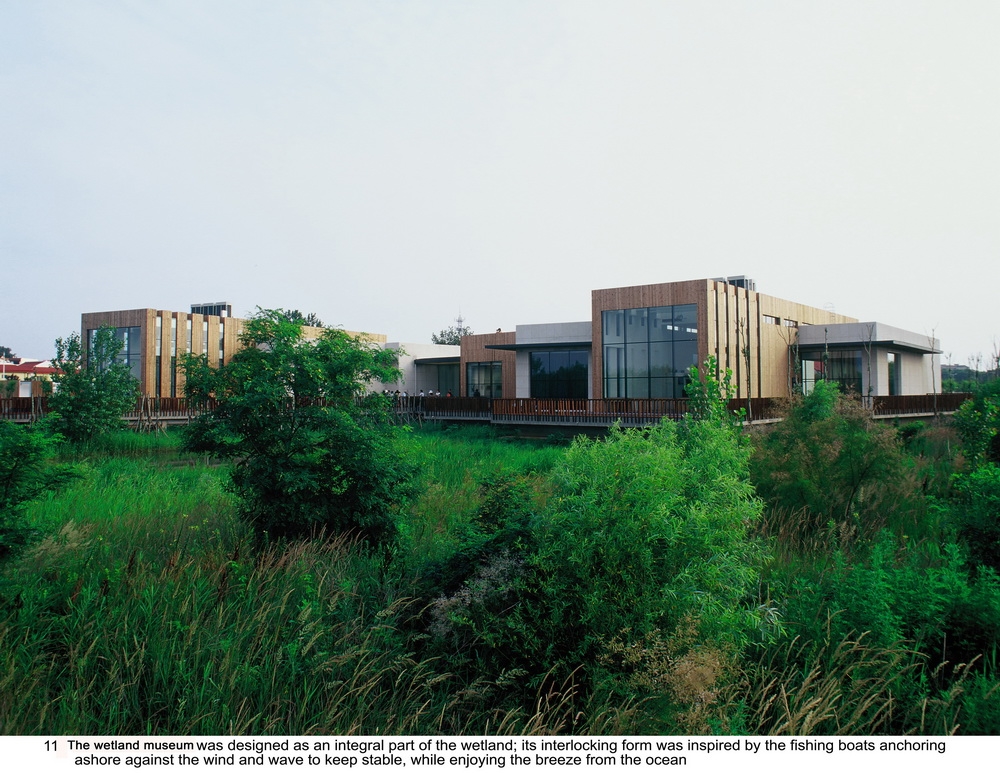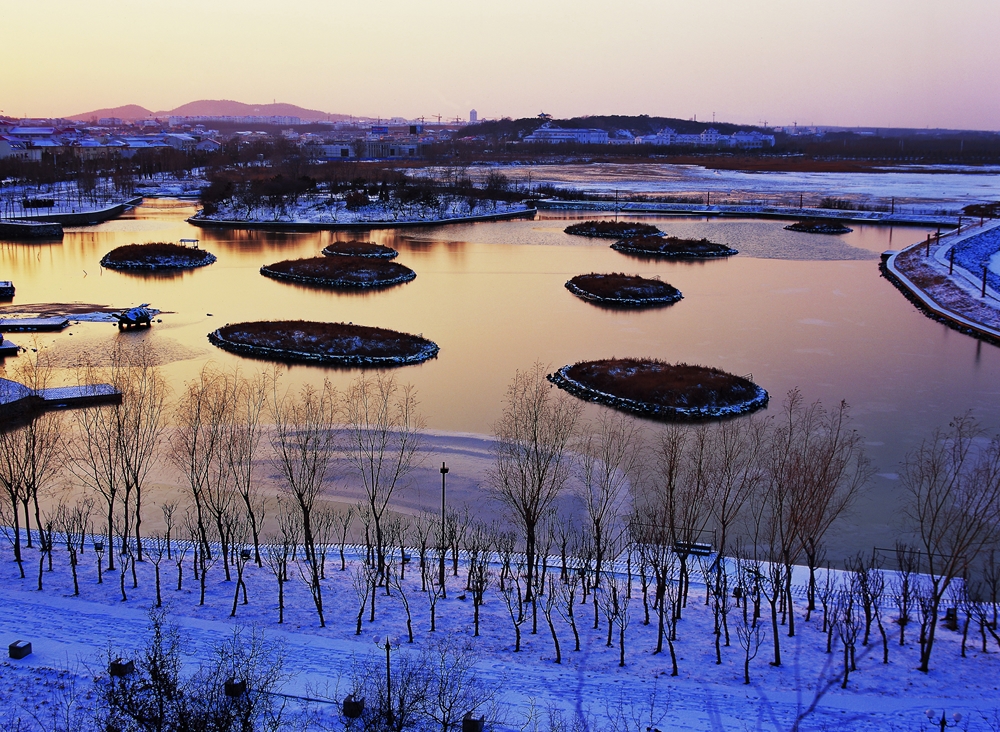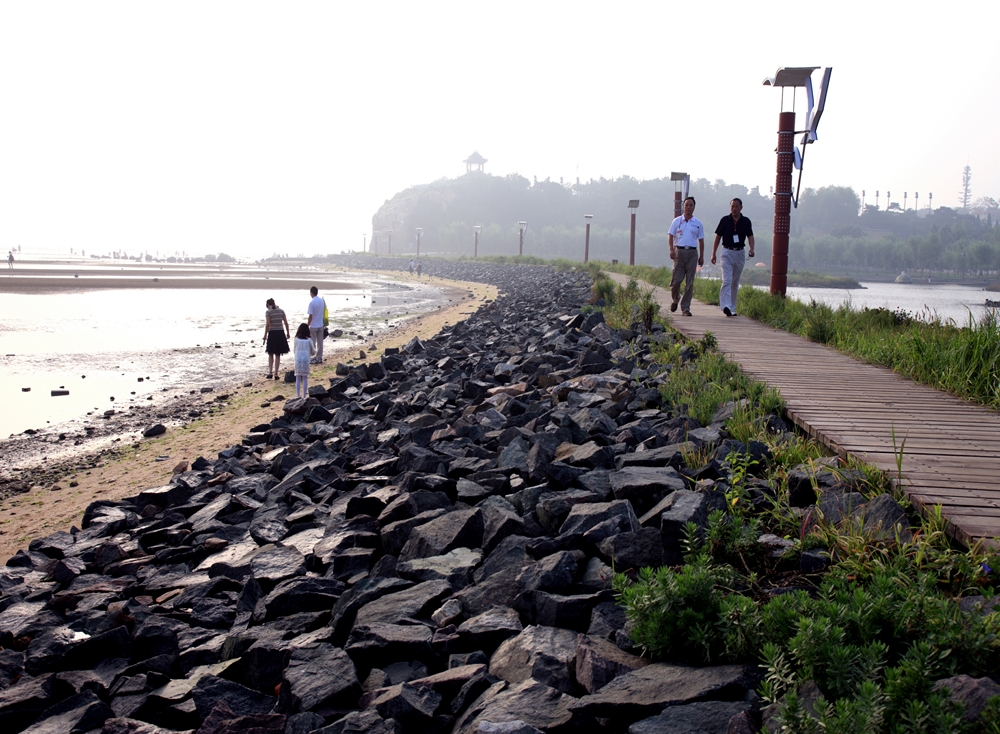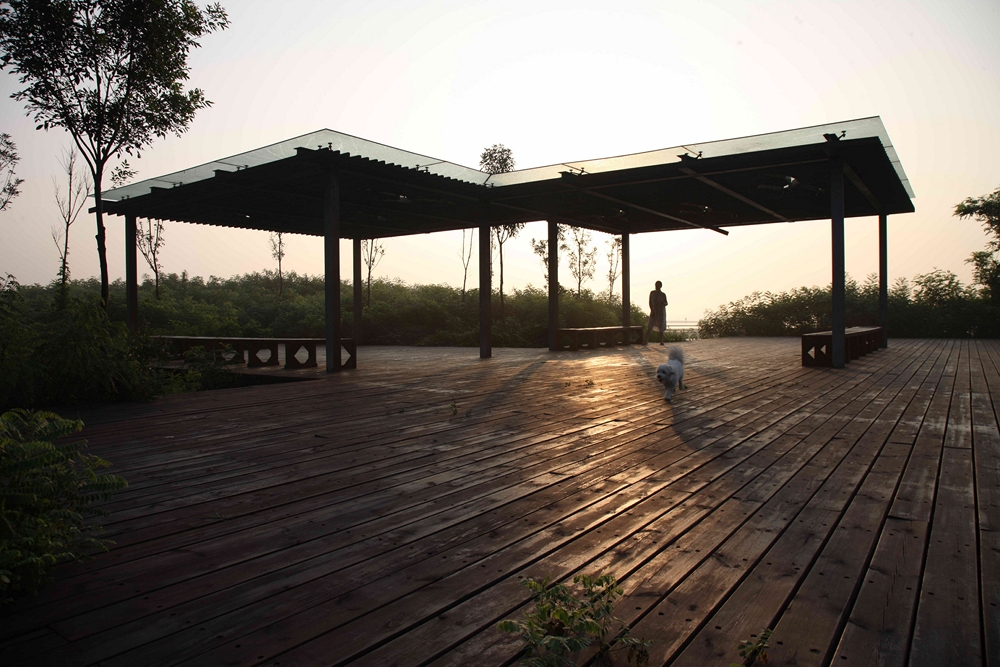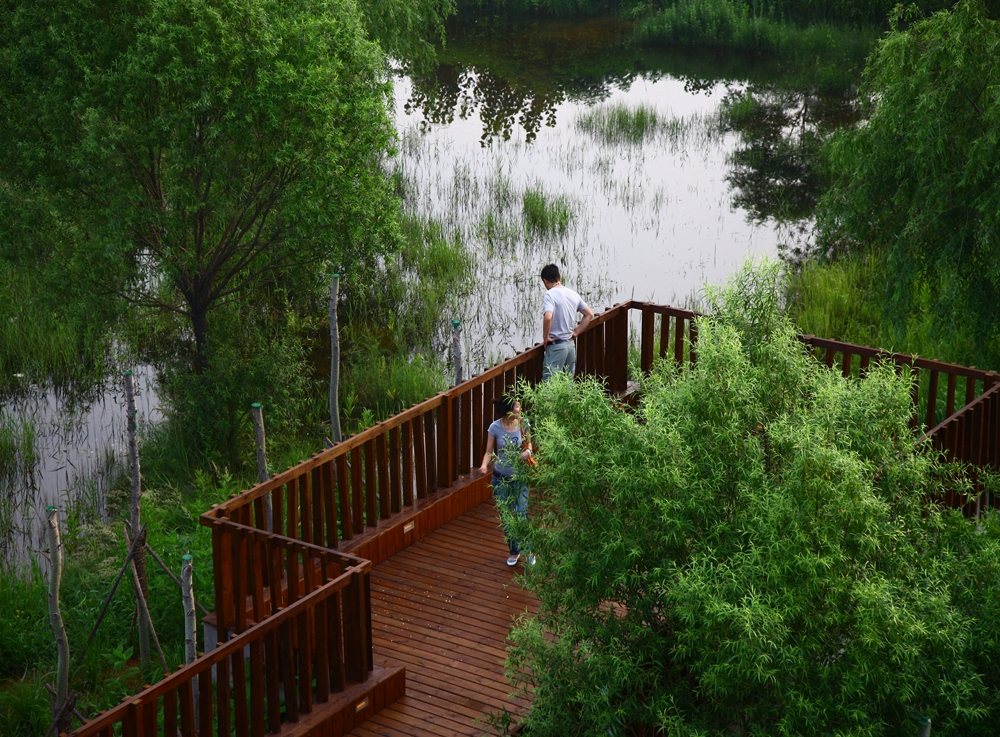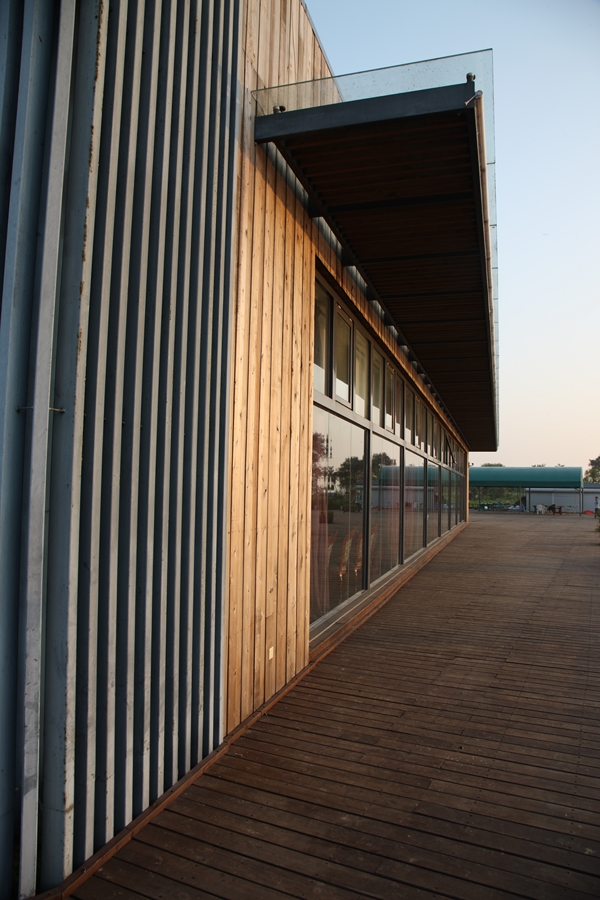Qinhuangdao Coastal Landscape Belt
Project Information
- Project Location:
- China Qinghuangdao, Hebei
- Project Scale:
- 60 Square Kilometers
- Design Time:
- August 2006
- Build Time:
- 2008
- Client:
- Landscape Bureau, Qinghuang Dao City, Hebei Province, China
- Award List:
- 2010 ASLA Honor Award, 2009 Annual Honor Award for Excellence on the Waterfront
- Related Papers
Project Profile
1. Project Statement
The Qinhuangdao Coastal Landscape Belt project focuses on coastal ecological restoration through the retention of rainwater, aiming to revive the intertidal wetland system of the beach. The concrete seawalls have been replaced with environmentally friendly rock revetments. A box-type foundation was invented to facilitate the construction of boardwalks and service facilities on soft beaches. This restoration brings new life to the previously damaged beach, making it a popular tourist destination.
2. Objective and Challenge
Qinhuangdao City, located in the northeast of Hebei Province, is squeezed between the Bohai Bay and the Yanshan Mountains, creating a narrow coastal plain. The planned site, situated between Beidaihe and Haigang Districts, is a long and narrow strip, stretching 6.4 km and covering 60 km². The area includes the road from Pigeon Nest Park to Bohai Tidal Line, Binhai Avenue to the north, and the “Marine Garden” villa complex to the south. The original site is relatively flat, with vegetation near the outer roads, mudflats in the south, and a seawater aquaculture area in the central north. The confluence of river and sea creates nutrient-rich mudflats attracting many birds, making this a famous bird-watching spot.
However, the original coastal environment has been severely damaged due to previous development, leading to degraded dunes, vegetation loss, and a littered beach. The project aims to restore this damaged beach into a place appreciated by both people and birds using ecosystem service biomimetic restoration techniques.
3. Design Strategy
a. Delineating Bird Protection Zones
The project separates protected areas from tourism zones, relocating bird-watching facilities outside the protected areas to provide a safe foraging environment for migratory birds.
b. Utilizing Rainwater for Wetland Biomimetic Restoration
Qinhuangdao's coastal tides are mainly influenced by the Bohai Strait, with regular diurnal tides occurring within a solar day. The coastal protection zone forms a wetland biological community where the ebb and flow of tides leave various depths of salt marshes. These salt marshes, filled with water during high tides and retaining fish and shrimp during low tides, provide foraging grounds for birds. This tidal process inspires the design of the wetland pattern. Utilizing the site's microtopography, the design creates habitats for various plants and animals, offering unique experiences for visitors.
c. Eco-Friendly Revetments
The existing concrete revetments are replaced with eco-friendly rock revetments, which dissipate wave energy and provide habitats for marine life, promoting self-purification of the water.
d. Animal Habitat Islands
The design includes habitat islands in the shallow coastal areas to enhance ecological benefits, considering both layout and environmental symbiosis. These islands, shaped irregularly and scattered offshore, create stable zones with reduced wave energy, allowing for sediment accumulation and habitat formation.
e. Boardwalks as an Auxiliary Strategy for Ecological Restoration
The project designs a winding wooden boardwalk along the coastline, connecting various plant and animal habitats while minimizing human impact. This provides different landscape experiences and supports public education and appreciation of nature.
(i) Boardwalk Design Plan
The boardwalk design considers bird activity, vegetation types, sediment characteristics, and potential human traffic, creating different zones:
- Sand-Infused Boardwalk: Located in the coastal leisure zone, featuring open low trees and golden beaches, allowing free movement between sand and grass.
- Woodland Shrub Boardwalk: Positioned in the southern parts of the bird protection and coastal leisure zones, featuring tall trees and low shrubs, providing a semi-enclosed landscape.
- Woodland Sand Boardwalk: In the northern part of the coastal leisure zone, combining tall trees, golden beaches, and the blue Bohai Sea, offering close contact with nature.
- Water Boardwalk: Near the river estuary, the core area for bird protection, with high walls to minimize disturbance while observing birds.
(ii) Construction Techniques for the Boardwalk
The boardwalk uses prefabricated glass fiber foundations, allowing it to "float" over dunes and wetlands, minimizing environmental impact. The patented landscape boardwalk foundation components simplify construction, requiring only manual positioning, sand filling, and deck installation, ensuring durability and environmental harmony.
4. Conclusion
a. Ecological Benefits
Since its completion in 2008, the project has significantly reduced coastal erosion and revitalized wetlands. Bird populations have increased, with 460 species observed in 2014, up from 425 in 2005.
b. Economic Benefits
The project balances ecological restoration with economic development, making the coastal area a valuable tourist attraction while protecting the environment.
c. Cultural Benefits
Visitor surveys show high satisfaction with the project, with many using the boardwalk for exercise and social activities. Events like "Coastal Boardwalk Walk" promote health and community engagement, fostering a deeper appreciation for nature.
